In the arena of light emitting diode (LED) test and measurement (T&M), manufacturers are creating many modular T&M devices, which allow for a swift assessment of lighting components and devices. Drivers are an important component in the performance and reliability of LEDs as well. There is a wide range of equipment available in the market for testing LED drivers. Let us take a look at some of the latest T&M systems available for testing LED and the lighting segment in general.
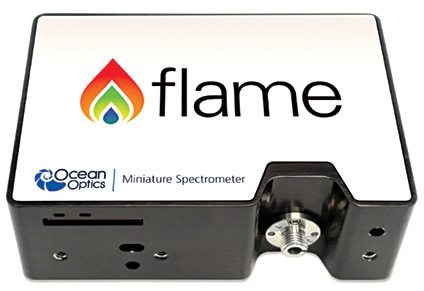
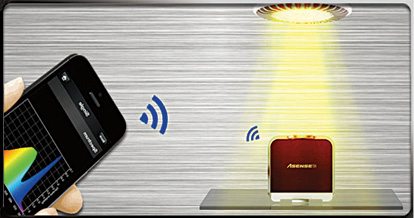
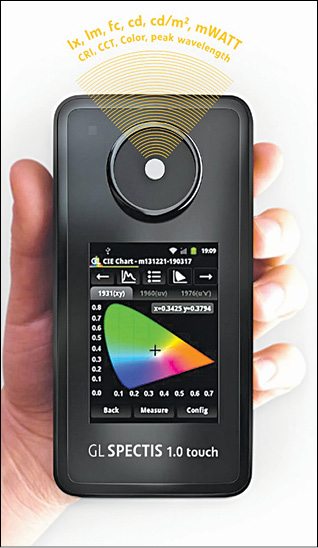
Miniature spectrometers are enabling new applications and implementations like quality control and product analysis in the lighting industry. These spectrometers provide flexible solutions for a wide range of upcoming applications in the LED industry today.
Developers and manufacturers of lighting solutions harness the power of a spectrometer to solve a variety of problems. Particularly, with respect to LEDs, engineers utilise it in applications that require test-retest reliability in industrial or other environments with varying conditions such as LED binning and process monitoring. Be it LEDs for exterior lighting or just daily quality control of LED production, a spectrometer should measure quickly and be reliable.
With a range of 190nm to 1100nm and a resolution of 0.1nm, Ocean Optics’ flame spectrometer (Fig. 1) was announced earlier this year as a device that can be configured to specific application needs with user-interchangeable slits to adjust for varying specifications. These slits allow for variation in resolution and throughput of the spectrometer, as required. Small, rugged and easy-to-use, this spectrometer has a thermal stability of 0.05nm per centigrade up to 650nm range, which is an important feature for testing LED and other light measurement.
A trend that has been making waves in other test equipment like thermal imagers is the availability of miniature devices that latch on to a smartphone to function in a sort of symbiotic relationship. It seems this trend is catching on in this space too with devices like AsenseTek’s Lighting Passport (Fig. 2). It is a professional-grade spectrometer that connects to any smartphone running either Android or iOS, while being small enough to fit in a pocket. There seems to be very little trade-off on functionality, too; firms using this device have worked on projects like Shanghai Formula 1 Racetrack and National Grand Theatre in Beijing.
One device that is often compared to Lighting Passport is UPRtek MK350, which is a somewhat older device, but this also makes it much more mature and tested, and therefore has a lot of positive reviews across the Web favouring it.
Similarly, another handheld spectrometer from GL Optic can be used for research and quality control in the ever-expanding LED lighting industry. This analytical and mobile instrument helps engineers measure a variety of parameters such as luminous flux (lumen), correlated colour temperature, illumination value (lux), colour coordinates and colour rendering index, to name a few. Unlike Lighting Passport that needs to be connected to a smartphone, the new GL SPECTIS 1.0 (Fig. 3) is a smart spectrometer that requires no connection to a computer or smartphone to take and show measurements. It uses Android operating system (OS) to show critical data such as chromaticity charts and full spectral profile on its touchscreen interface. Boasting of a six-hour battery life, microSD card slot and storage of up to 1000 measurements, this device also looks to tackle fluctuations in temperature with a temperature sensor installed on the its printed circuit board (PCB), providing measurement stability. It is Wi-Fi- and USB-2.0-enabled.
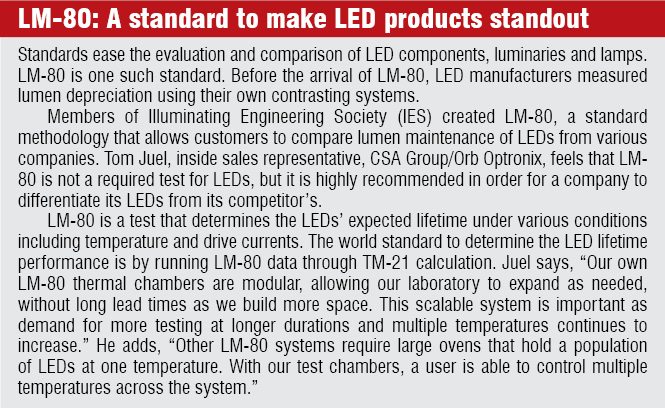
Meeting demands
This high-end spectrometer was created to accommodate the demands of production control in the manufacture of LED lamps or chips, and also conform to the requirements of international lighting standards such as CIE 127:2007 for LED measurements.
CIE 127:2007 defines capabilities for determining radiometric and photometric quantities such as total radiant flux or partial LED flux. It also defines Illuminating Engineering Society of North America’s (IESNA) LM-79-08 standard that describes procedures to perform reproducible measurements of electrical power, total luminous flux, luminous intensity distribution or chromaticity of solid-state lighting products.
GL SPECTIS 6.0 from GL Optics comes in a rack-mountable format that supports measurements in an extensive spectral range of 200nm to 1050nm, covering from ultraviolet (UV) to near infrared (NIR) range with a resolution of 3.5nm.
A key characteristic of LED lighting is the computation of energy efficiency in comparison to conventional light sources. Using luminous efficacy (measured in lm/W), efficiency is determined by quantifying spectral characteristics of respective luminous elements, assessed mainly on the basis of luminous flux and radiant power. These measurements can be made by coupling this spectrometer with an integrating sphere from GL Optics such as GL OPTI SPHERE 500.
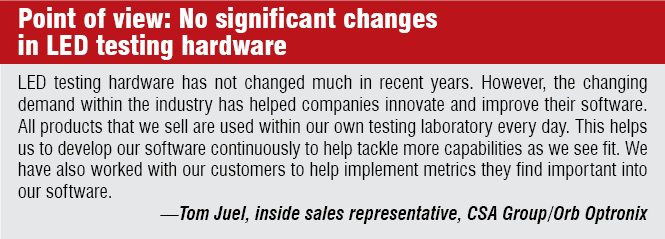
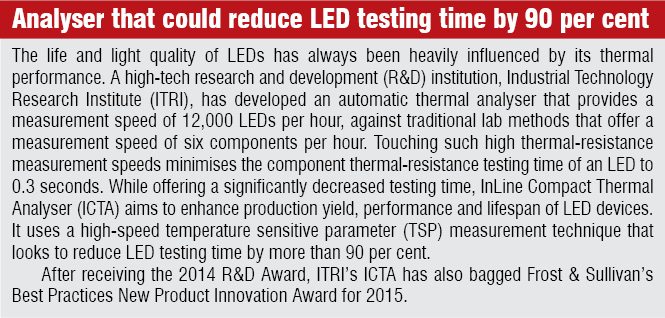
Making accurate measurements over a range of intensities
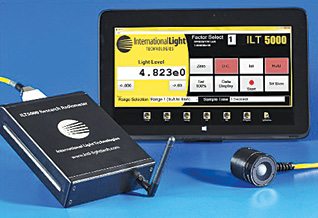
As light measurement is mostly about data, it is essential to have a device that can accurately collect data over the broadest range of light intensities possible.
International Light Technologies (ILT) recently released ILT5000, which is a combination of radiometer, optometer and pico ammeter. Making possible rapid measurements up to 100Hz and wider dynamic range from 100fA to 1mA, this device supports numerous light-measurement applications. Key features included are faster data transfer, broader calibrated range, wireless connectivity, 4mA to 20mA output and easy-to-use software. The automatic-ranging feature enables rapid switching through all current levels.











I want to develop high voltage detective sensor with low cost to use every circuit
Plz contact me on ds no. 9122434706.